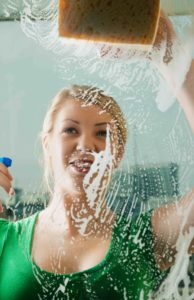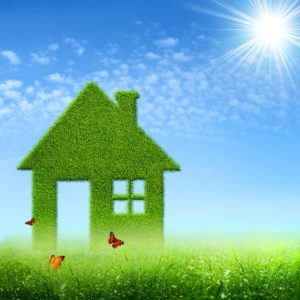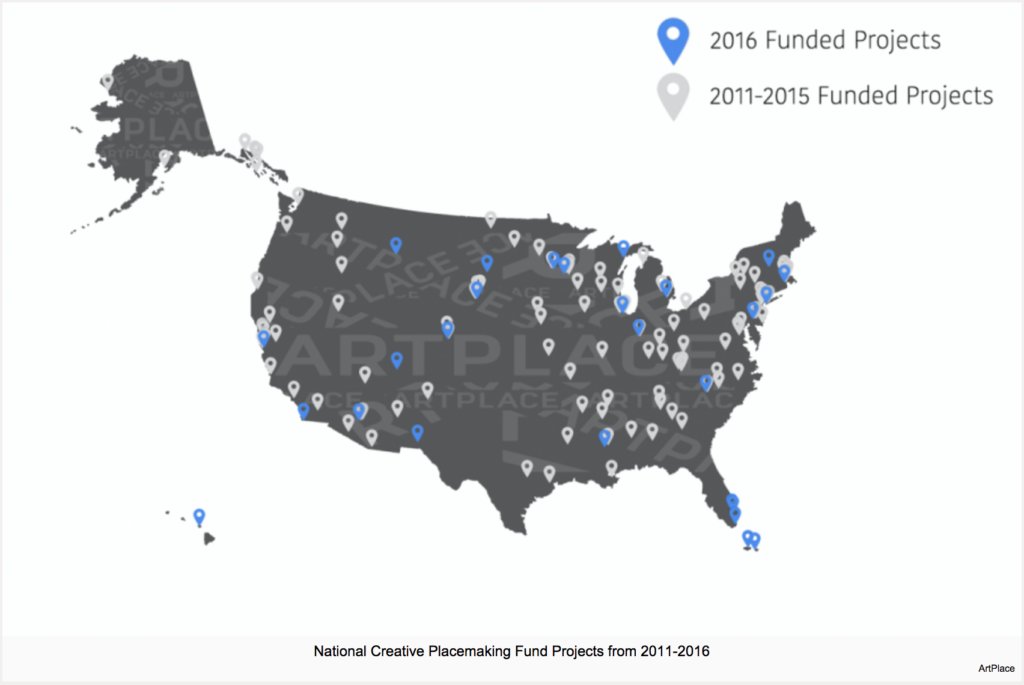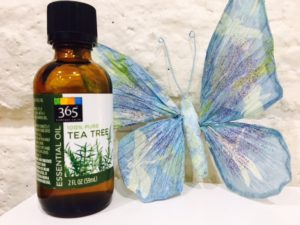The green cleaning tip for July 2017 from our friends at GoingGreenHouse Cleaning is all about air quality. After all, it’s summer time and with kids home from school we have a lot going on inside our homes.
Did you know that indoor air quality can be two to five times more polluted than the air outside? There are a wide variety of toxic chemicals lurking in your home and we often don’t think about all of the carcinogens that are swarming around in our air —from the cleaning products we use, candles, toiletries, clothing, and even the furniture inside our home, we are constantly polluting the air inside our home.
The Environmental Protection Agency estimates that we spend approximately 90% of our time indoors. Arizona summers are HOT and can be quite brutal. As summer creeps up on us we tend to spend more and more time indoors. Why not protect that air the best that we can?
Poor air quality can threaten your family’s health, so it’s important to keep things out of your home that cause pollution and ensure that your home is well-ventilated. Here are a few ways that you can ensure you are being proactive this summer when it comes to the air inside your home:
So, how do houseplants clean the air? Plants absorb some of the particulates from the air at the same time that they take in carbon dioxide, which is then processed into oxygen through photosynthesis. But that’s not all, microorganisms associated with the plants are present in the potting soil, and these microbes are also responsible for much of the cleaning effect . Here are a few examples of good air purifying plants:
Garden Mum: In NASA research, garden mums were found to be a air-purifying champion. They remove ammonia, benzene, formaldehyde, and xylene from your homes air. Plus they are cheap and readily available at any garden store.
Aloe Vera: Aloe Vera leaves are full of a jelly-like liquid that is chocked full of vitamins, enzymes, amino acids, and other compounds that have wound-healing, antibacterial, and anti-inflammatory properties. So as well as being a great resource for your medicine cabinet (think burns, scrapes, bites, etc) Aloe Vera also removes formaldehyde from the air.
Spider Plants: Shown to remove formaldehyde and xylene from air. They are super easy to grow indoors but need bright sunlight.
2. Beeswaxcandles
Regular paraffin candles are petroleum derived and can release chemicals like benzene, toluene, soot and other chemicals into the air. These types of candles do more harm than good for indoor air quality and should be avoided. Pure Beeswax Candles, on the other hand, burn with almost no smoke or scent and clean the air by releasing negative ions into the air. These negative ions can bind with toxins and help remove them from the air.
3. Salt lamps
Salt lamps are another natural way to clean indoor air. Have you ever seen a salt rock lamp or do you own one without knowing exactly what it does? Salt crystal lamps, similar to beeswax candles, emit negative ions into the atmosphere which restore and neutralize air quality. Our homes and offices are filled with electrical appliances and electronics (televisions, computers, fluorescent lighting, microwaves, heaters, air-conditioners, etc.) all of which emit positive ions. Positive ions are known to reduce our energy levels. Balancing positive and negative ions also help reduce airborne infections.
4. Bamboocharcoal
 Another natural air cleaning option for your cleaning tip for July 2017 is bamboo charcoal. Charcoal can have a toxin-removing effect on the air. Use bamboo charcoal in burlap bags in you house. They work wonders for odor removal and removing toxins from the air.
Another natural air cleaning option for your cleaning tip for July 2017 is bamboo charcoal. Charcoal can have a toxin-removing effect on the air. Use bamboo charcoal in burlap bags in you house. They work wonders for odor removal and removing toxins from the air.
5. Essential oils
Multiple studies have shown that diffusing essential oils actually kills mold and mildew. Lavender, eucalyptus and tea tree oil all have powerful disinfecting properties that will combat air-borne bacteria and also dust mites, as well. Simply put a few drops into an essential oil diffuser and diffuse away.
Keep your air pure this summer and rest assured that your family is safe at home!
cleaning tip for July 2017



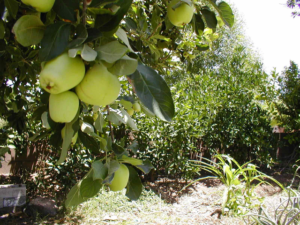


 One of the new programs that I found particularly engaging was the mayor’s efforts to create an innovation zone around the city land fill, of all places. In addition to creating a space for small businesses to redirect city waste, such as uncompostable palm fronds, toward innovative industrial uses.
One of the new programs that I found particularly engaging was the mayor’s efforts to create an innovation zone around the city land fill, of all places. In addition to creating a space for small businesses to redirect city waste, such as uncompostable palm fronds, toward innovative industrial uses.

